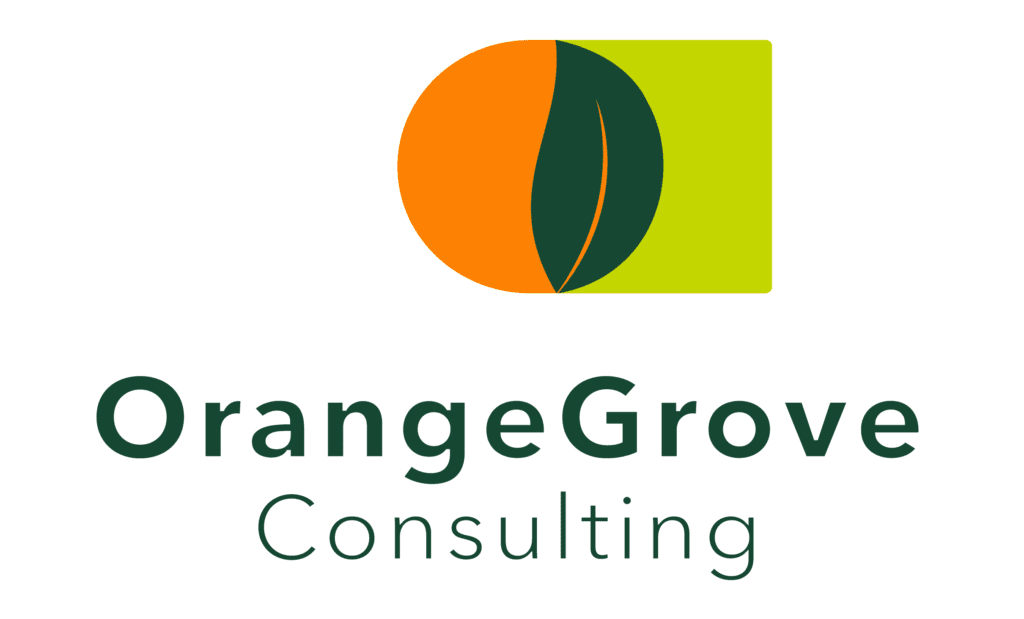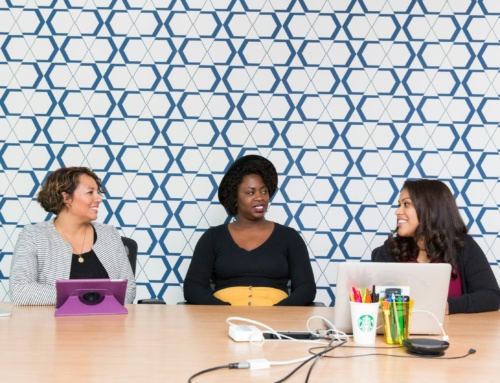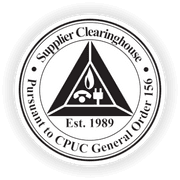In today’s discourse, some organizations have shifted the focus from gender equity towards a broader view of diversity and inclusion. Corporations are waking up to the call to acknowledge the intersectional identities that people bring to work each day, including race, gender, and sexual orientation. And fortunately, these efforts are complimentary.
At Orange Grove Consulting, we have expanded our training programs to incorporate all kinds of diverse individuals.
When we first developed our training and development programs, our work focused on the largest majority of the population that’s underrepresented in leadership: women. Tackling gender inequality made sense, since it can be one of the clearest ways to examine and measure bias in a business. After all, women make up more than 50% of the overall population, so supporting gender equity can be a good gateway for organizations into the world of diversity and inclusion.
Over the years, our experience with women in leadership helped us form clear strategies on how companies can use objective frameworks to tackle subjective processes that are riddled with bias, such as hiring and recruiting. In 2021, with a growing need for diversity and inclusion of all kinds, we’ve expanded our programs to incorporate all types of diverse individuals and their intersectional backgrounds. It’s clear that 21st century leaders require the skills to lead all kinds of people, and those who aren’t able to will certainly lose out on bottom-line business benefits. That’s why our new book, The Next Smart Step: How to Overcome Gender Stereotypes and Build a Stronger Organization, provides a framework that pairs accountability with training and organizational change, starting from uncovering individual biases to evaluating a wide range of systemic barriers in the organization. These same techniques that identify gender barriers and stereotypes also uncover obstacles for BIPOC, LGBTQ+, and disabled individuals.
Though broadening the definition of diversity and inclusion at your company to encompass all out-group members is essential to change, we issue a word of caution. Don’t keep moving the goalposts at the expense of making real progress. An initiative is not flawed if it doesn’t specifically name all of the groups that will benefit. When we help organizations implement process upgrades, such as hiring systems, we ensure that hidden bias of all kinds be identified and removed. Our measurement dashboards are flexible and new dimensions can be added without changing the underlying metrics. So, just because it began as a goal to increase the representation of women in leadership, doesn’t mean it can’t also increase the representation of Native Americans as well. In fact, it can be a tactic for change-resisters to defeat progressive initiatives with “yeah, but…” If we only focus on who is being missed from the conversation, we can run the risk of losing progress for everyone.
Our philosophy is to help organizations build skills and systems that include everyone so that regardless of how an individual’s personal identity manifests: they are evaluated, included, asked to use their voice, and provided the same opportunities as everyone else. Most organizations have not been built inclusively and too much talent has been left on the table or underutilized.
As your organization pursues programs to improve diversity, make sure to rewrite the corporate story so that it is inclusive of everyone. Only then can you benefit from achieving the goal of an equitable workplace.
Learn the 21st century competencies of managing and leading with our Inclusive Leadership Training. Leaders will be better equipped to help team members realize their potential, think more strategically and better manage difference. Contact Us to learn more.
Contact Us




